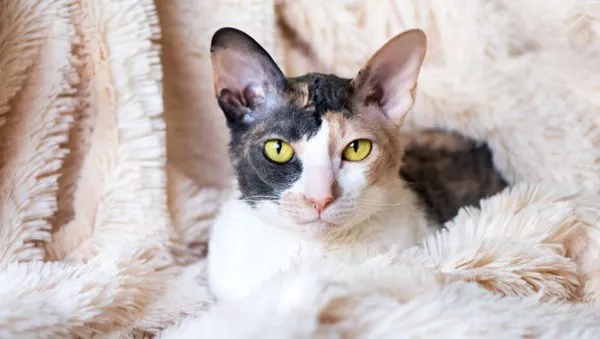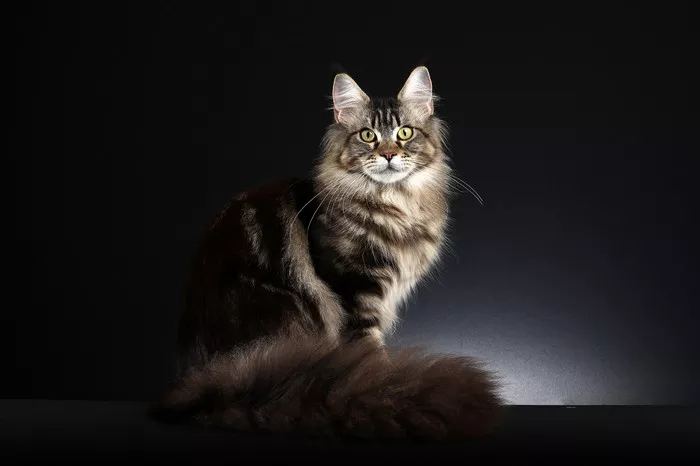Cats, known for their independent and often mysterious behaviors, follow certain biological rhythms, including mating seasons. Understanding when these seasons occur is crucial for cat owners to address the unique behaviors associated with reproduction. In this article, we delve into the intricacies of the mating season for cats, exploring the factors that influence its timing, the signs that indicate a cat is in heat, and considerations for responsible cat ownership during this natural cycle.
The Biology of Feline Mating Seasons:
Polyestrous Nature:
Cats are what is known as polyestrous animals, meaning they can experience multiple estrous cycles within a year. Unlike some mammals that have specific breeding seasons, cats are capable of going into heat and mating throughout the year. However, the intensity and frequency of these cycles can vary based on several factors.
Seasonal Variations:
While cats don’t have a strict breeding season, there may be variations in mating behavior based on environmental factors. In regions with milder climates, cats may exhibit more consistent mating behaviors throughout the year. In contrast, cats in areas with distinct seasonal changes may show increased mating activity during the spring and fall.
See Also: A Comprehensive Guide to Cat Mating & Reproduction
Factors Influencing the Timing of Mating Seasons:
Daylight Length:
Daylight length plays a role in influencing a cat’s reproductive cycles. The increased exposure to natural light, particularly in spring and summer, can trigger hormonal changes that lead to more frequent mating behaviors. This connection to daylight length is a natural adaptation designed to optimize reproduction during times when environmental conditions are favorable for raising kittens.
Temperature:
Temperature can also impact a cat’s reproductive cycles. Warmer temperatures, commonly associated with spring and summer, create a more conducive environment for the survival and well-being of kittens. While indoor cats may experience less pronounced seasonal variations, outdoor and feral cats often exhibit more distinct mating behaviors during warmer months.
Signs that a Cat is in Heat:
Vocalization:
One of the most notable signs that a female cat is in heat is an increase in vocalization. Cats in heat may yowl, meow more frequently, and exhibit a distinct and often intense calling behavior. This vocalization is an instinctive way for a female cat to attract potential mates.
Restlessness and Affectionate Behavior:
A cat in heat may display restlessness and increased affectionate behavior. She may rub against objects, people, or other cats more frequently and may be observed assuming mating positions, including raising her hindquarters.
Excessive Grooming:
Female cats in heat often engage in excessive grooming behaviors, paying particular attention to their genital area. This grooming is a natural instinct to prepare for mating and may also serve as a way to leave scent markings.
Lingering Tail and Rear End Position:
Cats in heat may assume a specific posture with their tail raised and their hindquarters elevated. This position is an invitation for mating and is commonly observed when a female cat is receptive to a male’s advances.
Excessive Affection Towards Male Cats:
Female cats in heat may exhibit heightened interest and affection towards male cats. They may seek out the company of male cats more frequently and may be more tolerant of their presence.
Considerations for Responsible Cat Ownership:
Spaying and Neutering:
One of the most effective ways to manage the challenges associated with mating seasons is through spaying and neutering. Spaying, the removal of a female cat’s ovaries and uterus, prevents her from going into heat and eliminates the risk of unwanted pregnancies. Neutering, the removal of a male cat’s testicles, helps control mating behaviors and reduces the likelihood of roaming and fighting.
Timing of Spaying and Neutering:
Veterinarians often recommend spaying and neutering cats at a young age. Many cat owners choose to spay or neuter their cats before they reach sexual maturity, typically between four and six months of age. Early spaying and neutering not only prevent unwanted litters but also contribute to the overall well-being of the cat.
Indoor Living:
Keeping cats indoors is a responsible approach to cat ownership that addresses the challenges associated with mating seasons. Indoor cats are less exposed to the environmental triggers that may intensify mating behaviors. Additionally, indoor living protects cats from potential dangers such as traffic, predators, and contagious diseases.
Identification of Stray or Feral Cats:
Cat owners should be vigilant about identifying and addressing stray or feral cats in their vicinity, especially during mating seasons. Stray and feral cats may contribute to the local cat population, and responsible measures, such as trapping and spaying or neutering, can help manage these populations.
Consultation with Veterinarians:
Cat owners should maintain regular consultations with their veterinarians to discuss reproductive health and determine the most appropriate timing for spaying or neutering. Veterinarians can provide guidance on the optimal age for these procedures based on the individual cat’s health and development.
Conclusion:
Understanding the mating season for cats is an essential aspect of responsible cat ownership. Whether it involves recognizing the signs of a cat in heat, addressing mating behaviors, or opting for spaying and neutering, informed decisions contribute to the overall well-being of cats and the prevention of unwanted litters. By recognizing the natural biological rhythms of feline reproduction and taking proactive measures, cat owners can ensure a harmonious and healthy living environment for their feline companions.












![Do Birman Cats Like to Cuddle? [Revealed!]](https://www.catsmeowweb.com/wp-content/uploads/2023/06/burmese-cat-22.webp)













